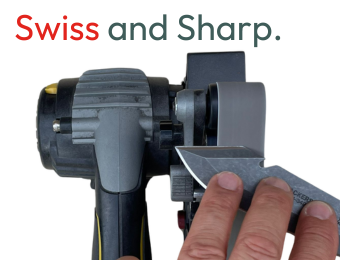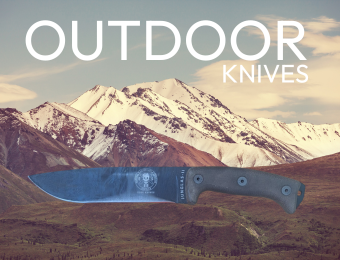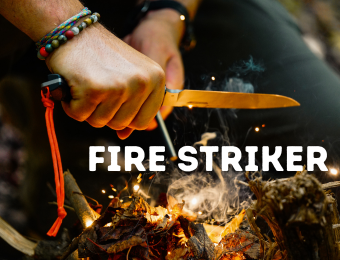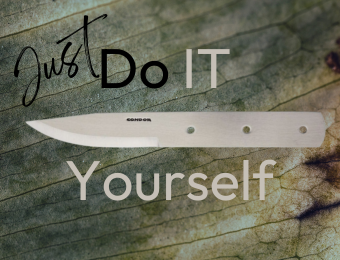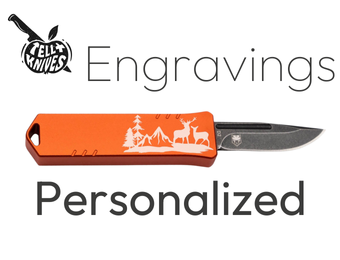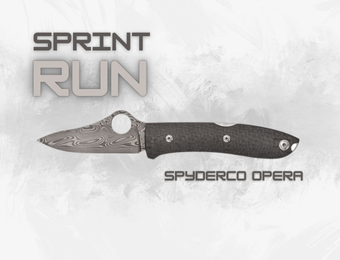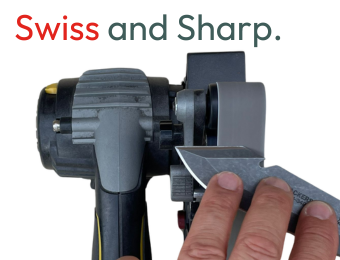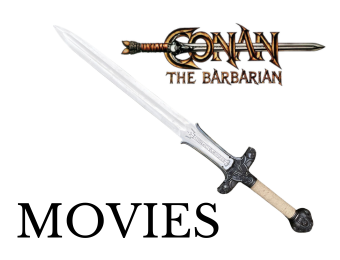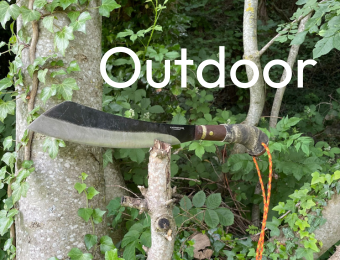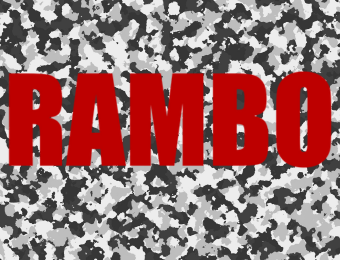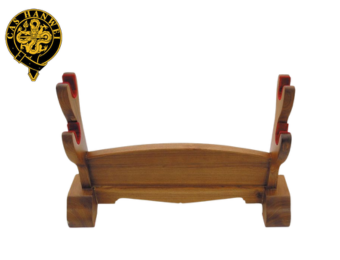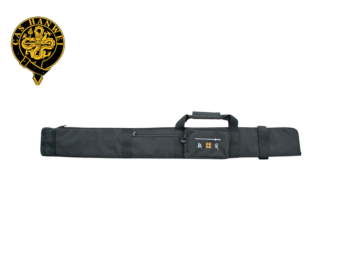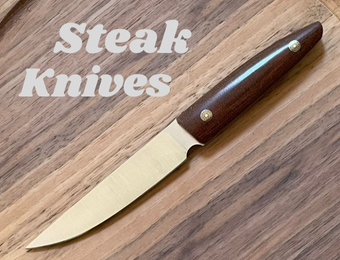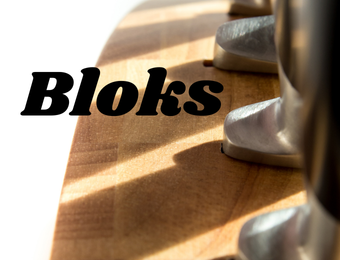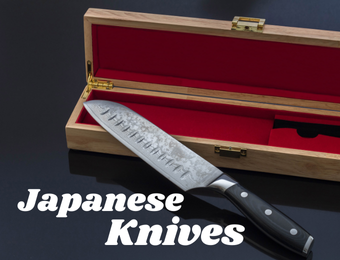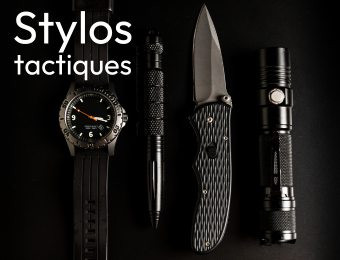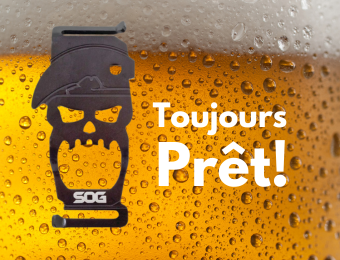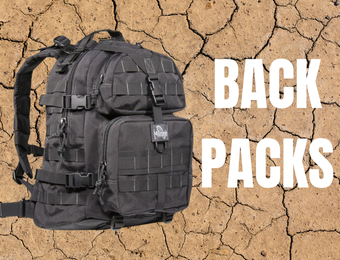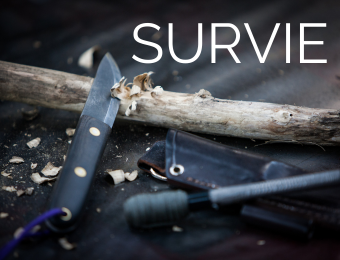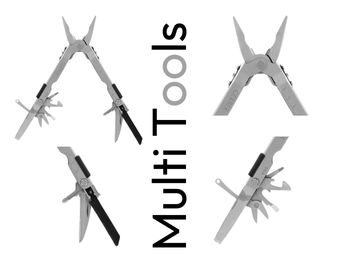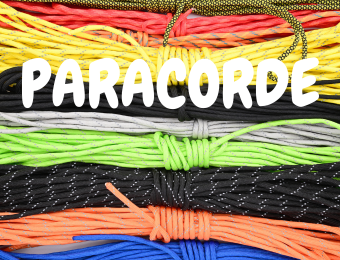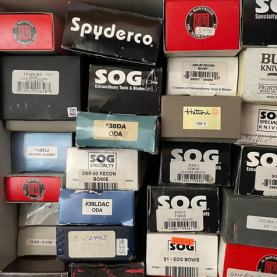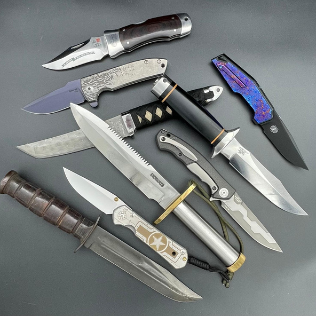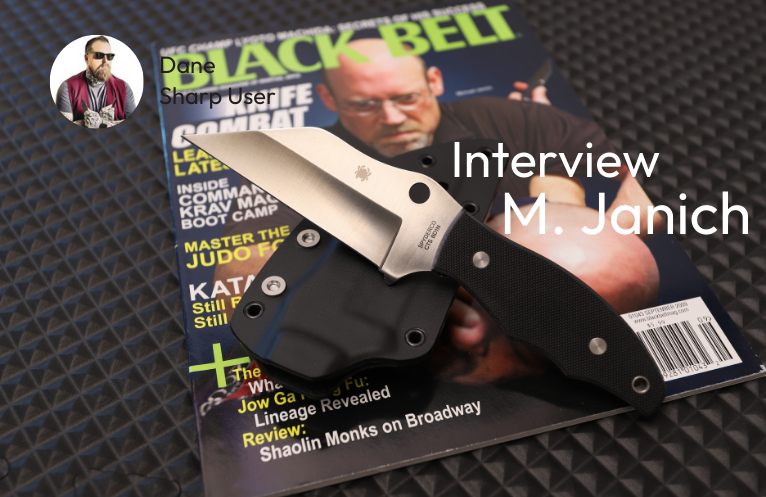Interview with Michael Janich
Michael Janich has an impressive career in personal defense and martial arts, with over 40 years' experience. He is an expert in American Self-Protection, Serrada Eskrima, and Silat Concepts. Janich served nine years in U.S. Army Intelligence and DIA.
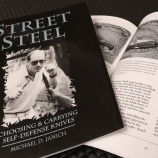
.png)
.png)
Dane: “ Can you give us some tips and tricks for Yojimbo 2 owners? "
Michael Janich: “ Probably the most useful ‘tip’ concerns the proper grip for one-handed thumb opening. A lot of people complain that the round hole in the blade isn't fully exposed. I didn't design it to be, and it doesn't have to be. Don't hold the knife closed completely vertically or horizontally and try to get the whole tip of your thumb into the hole in the blade. Instead, hold your hand naturally and you'll see that the knife is angled along the base of your fingers at about a 45-degree angle. In this position, index your thumb over the blade hole and push it straight out to open the blade. Your thumb will naturally find the exposed corner of the round hole and follow the edge of the handle as it moves forward.
I actually open my knife with an inertial opening. It takes a little practice, but it's worth it. If you're in a hurry, press the blade release with your index finger and shake your wrist. This releases the pressure from the holder and allows anyone to do an inertial opening with a minimum of skill and practice."
Dane: “ Do you make any modifications to the knives you carry on a daily basis?”
Michael Janich: “ The handle, clip and accessories on my daily Yojimbo 2 were actually coated in denim blue cerakote by Mark Olson of 5x5 Combat Solutions. This is the grip color I wanted for the original first-generation Yojimbo, but it wasn't possible at the time (the G-10 was only available in IBM bright blue). I also modified my personal Yojimbo 2 Trainer by grinding the “peak” where the top of the handle meets the blade. I had originally included this feature and the small jimping section on the top of the handle for people who prefer the saber grip. I realize now that this was a mistake and I shouldn't have tried to accommodate them. For occasional use, this “peak” is not a problem; however, when using the trainer for hours on end - as when I teach seminars - this peak becomes a hot spot. So I ground it down."
Dane: “Taking into account the progress made in the field of cutlery, if the Yojimbo 3 were to see the light of day tomorrow, what improvements would you like to make?”
Michael Janich: “ I'd remove the spike at the top of the handle where it meets the blade to eliminate that hot spot. In fact, I'd probably recontour the thumb ramp at the back of the blade. I've reworked a few of my personal knives this way and prefer them this way. Ideally, I'd also like to have a separate spring detent to hold the blade closed instead of a ball on the Compression Lock. The tension of the Compression Lock trigger can vary significantly from knife to knife, so I'd prefer to standardize this by using a separate trigger. Better still, I'd love to see the Yojimbo 3 with a bolt-action lock, like the Spyderco Sage 3."
Dane: “Now that 3 sizes of Yojimbo are available, do you eventually plan to create Ronin in different sizes?”
Michael Janich: "The Ronin 2 was actually based on a custom fixed blade Mickey Yurco made for me. It had exactly the same profile as the Yojimbo 2, but with smaller inserts and a larger ricasso. After the YoJumbo came out, Mickey also made me a fixed-blade version, and I absolutely love it. It's big, though, so I'm not sure what the market might be for it. I haven't shown this knife to Spyderco because I'm afraid I'll never get it back. Based on lessons learned from the Ronin 2, I also think it would be best if I redesigned it somewhat to fit Spyderco's style of knife and scabbard making, which is very different from Mickey's custom work.
As for something smaller, the Fusion I made with Fred Perrin - a combination of his Neck Bowie design and my Wharncliffe blade - comes close to the size of the MicroJimbo. The new Fusion Lightweight is even closer, because it's lighter. I have an idea for another fixed blade of the same length, but with a larger grip; however, I haven't had a chance to prototype it yet. If I propose another design to Spyderco, it will probably be this one."
.png)
Dane: “If you had to convince a potential buyer in 5 words, what would they be?”
Michael Janich: “Always a cut with maximum power.”
Michael Janich biography
Michael Janich has been studying and teaching personal defense and martial arts for over 40 years. He has earned instructor diplomas in American Self-Protection (ASP - an eclectic art including elements of judo, aikido, boxing, fencing and French savate), in the Filipino art of Serrada Eskrima, and in the concepts of Silat. He has also undergone extensive training in a wide variety of other martial arts and personal defense systems. Janich is also one of the leading modern authorities on point pistol shooting, and is one of the few contemporary instructors to have been personally trained by the late legendary hand-to-hand combatant Colonel Rex Applegate.
Janich served nine years in U.S. Army Intelligence, including a three-year assignment with the National Security Agency. He graduated with honors twice from the Defense Language Institute in Monterey, California (Vietnamese and Chinese-Mandarin) and received the Commander's Award for outstanding linguistic achievement. After completing his military service, Janich was recruited by the Defense Intelligence Agency (DIA) and worked as an intelligence officer for the agency's Stony Beach program in Hong Kong and the Philippines. He was also an investigative team leader for the Joint Casualty Resolution Center (JCRC) and the Joint Task Force-Full Accounting (JTF-FA), and led numerous investigations in remote areas of Vietnam and Laos in search of information on American prisoners of war and missing in action (POW/MIA).
Find out more about Michael Janich
Interview and subject directed by Dane.

